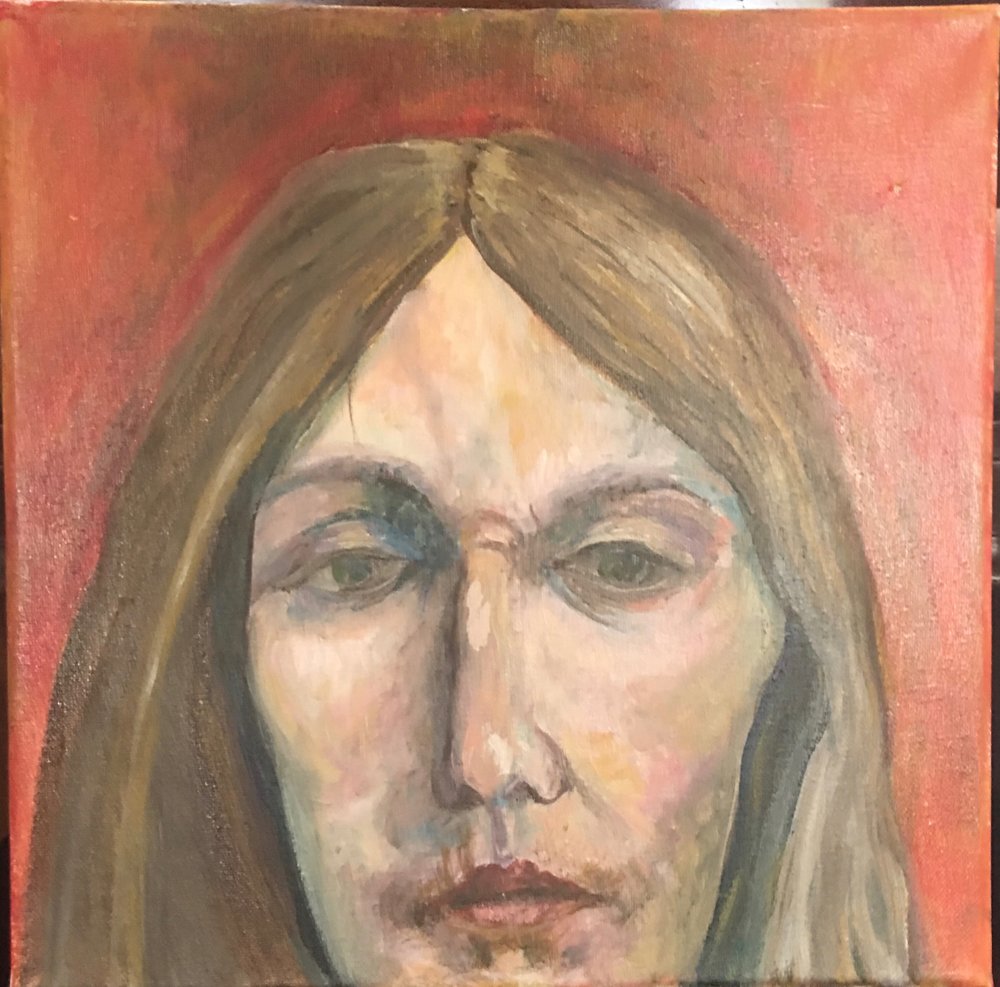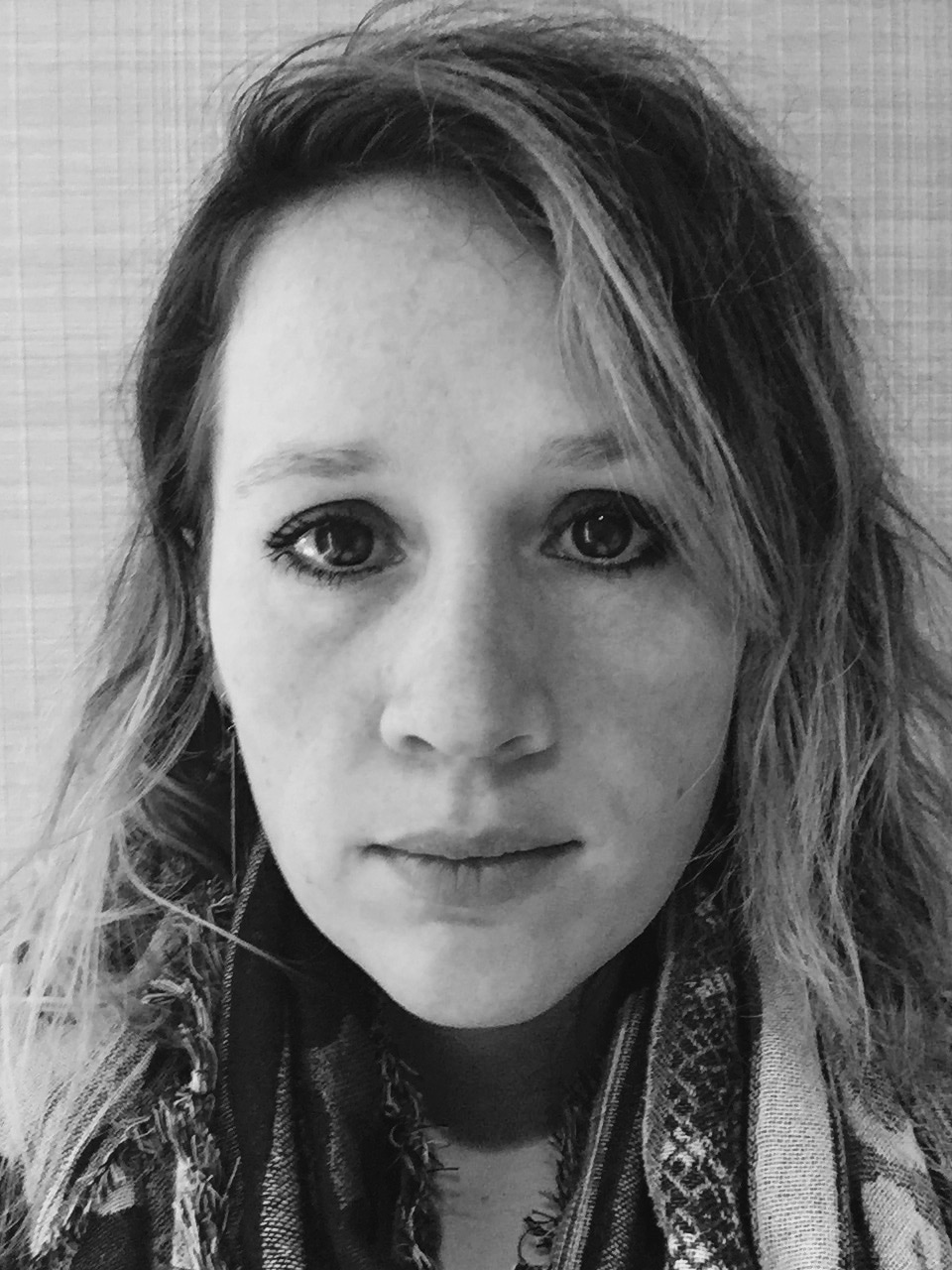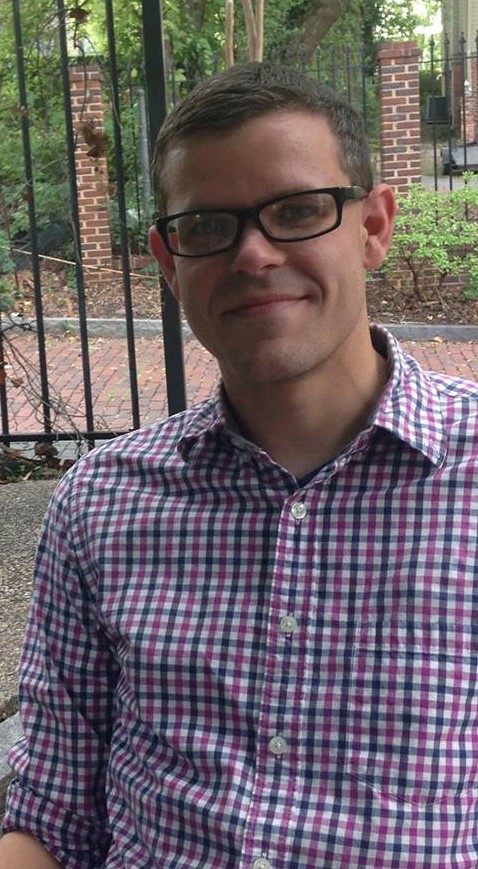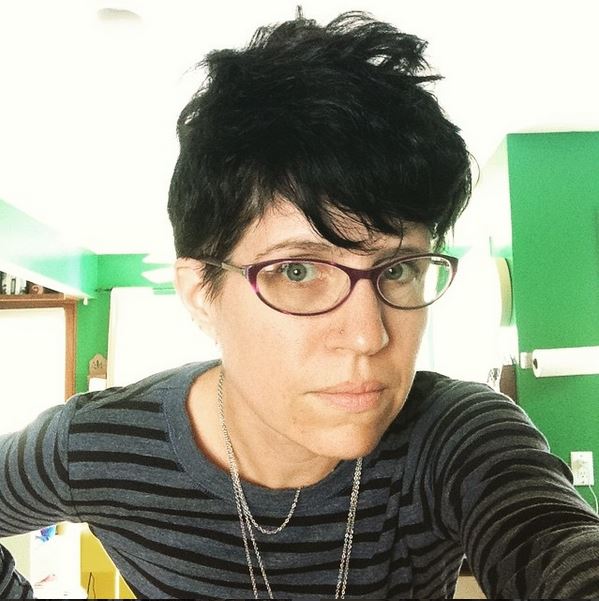 Maya Sonenberg is the author of the story collections Cartographies and Voices from the Blue Hotel. Her newest chapbook of prose and photographs, After the Death of Shostakovich Père, appeared in 2018. Other fiction and nonfiction have appeared in Fairy Tale Review, Conjunctions, DIAGRAM, Lady Churchill’s Rosebud Wristlet, and Hotel Amerika, and her writing has received grants from the Washington State Arts Commission and King County 4Culture. She is Professor of English & Creative Writing at the University of Washington—Seattle. You can find her on her website, https://mayasonenberg.com/, or on Twitter @MzzS36019.
Maya Sonenberg is the author of the story collections Cartographies and Voices from the Blue Hotel. Her newest chapbook of prose and photographs, After the Death of Shostakovich Père, appeared in 2018. Other fiction and nonfiction have appeared in Fairy Tale Review, Conjunctions, DIAGRAM, Lady Churchill’s Rosebud Wristlet, and Hotel Amerika, and her writing has received grants from the Washington State Arts Commission and King County 4Culture. She is Professor of English & Creative Writing at the University of Washington—Seattle. You can find her on her website, https://mayasonenberg.com/, or on Twitter @MzzS36019.
Her essay, "The Tree. The Ash. The Ocean.," appeared in Issue Ninety-Eight of The Collagist.
Here, Maya Sonenberg talks with interviewer William Hoffacker about climate disruption, research via Google, and Shirley Jackson.
Please tell us about the origins of your essay “The Tree. The Ash. The Ocean.” What inspired you to begin writing the first draft?
I wrote this in response to a prompt called the 20 Little Essays Project and published on the Draft Journal website. It was developed by Amy Butcher and written about by Felicia Schneirderhan. As I remember I was feeling stuck in the middle of a longer and complex essay project and really needed a prompt that would get words on the page. It just took off from there.
It looks writing this essay required some significant research. Can you describe your process for selecting the cited materials and synthesizing them into a remarkably concise final product? To what extent did you know what you were seeking in your research, and to what extent did you discover your subject matter through reading (and looking at) those materials?
OK—I’ll just admit it: Google is my friend. I was drafting this in the middle of the 2017 forest fire and hurricane seasons, so “natural”[*] disasters were in the news every day. Once I knew which ones I’d be referring to in the essay, I started searching, which led me to new, more specific information and also to things I didn’t expect to find but which ended up being important to the essay, such as the aerial photos of the Caribbean after Hurricane Irma, for example, or the bit about the emerald ash borer beetle. Whenever I do research, I end up with masses of information and include all of it in a draft. Later I go back and try to figure which one or two examples are the most vivid or specific or odd and keep those. I don’t think doing the research here ended up changing any of my ideas about the subject matter (that’s certainly happened with other projects), except perhaps to expand the range of atrocities and disasters I referenced and so increase the sense of these things feeling overwhelming.
In this essay, you write, “This essay is a moving target. Every time my eyes return, a new disaster to splay across these pages.” It does seem like a Sisyphean task, in 2018, to write a brief essay on how a spectator engages with large-scale disasters and atrocities around the globe. Why was it important to you to write and publish such an essay? Is writing about it a method for coping, or facing the tragedy, or both, or something else entirely?
Trying to come to terms with these things is a Sisyphean task, and I’m sorry to say that writing about them only made them seem even more overwhelming. Facing the daily news cycle is overwhelming. I think it’s important to acknowledge that and to keep reminding each other that we’re all finding this overwhelming. Reading Philip Gourevtich’s book about Rwanda, disturbing though it was, was helpful in this regard; it was helpful to follow someone else trying to process atrocities in such an honest and thoughtful way. Then it helps to find one concrete way to address just one aspect of the overwhelmingness. For example, my daughter and I phone-banked for a congressional candidate this year. I hope, in some small way, we helped her to victory.
What writing project(s) are you working on now?
I have just completed eight mini-essays about the brilliant 20th century modern dance choreographer Merce Cunningham and read them as part of a celebration of the centennial of his birth at Velocity Dance Center here in Seattle, a project supported by the Merce Cunningham Trust. The essays explore his relationship to the other arts, his use of chance operations as a generative practice, and my memories of taking classes at his studio when I was a teenager. I hope to visit the Cunningham archives to do some research and write more of these. I’m also in the midst of a book-length essay project about Jewish Utopian settlements in the Dakotas and the Bronx at the turn of the 20th century, my grandmother, and my love for Laura Ingalls Wilder’s children’s novels, problematic though they may be. Occasionally I take a break to write fairy tale inflected short stories.
What have you read recently that you would like to recommend?
I’m in the middle of Shelley Jackson’s Riddance, which is amazing. The structure is complex, every sentence is like an arrowhead (sharp and hard and beautiful), and every image is startlingly vivid. And speaking of another Jackson—I’ve been reading all of Shirley Jackson’s novels. We all (or most of us) learned about her as the author of the short story “The Lottery” when we were in middle school or high school and now know of her as the author of The Haunting of Hill House since it’s been turned into a Netflix series, but all of her novels are deeply, surprisingly, and inventively creepy. My favorites are The Road through the Wall (1948) which is an amazing send-up of suburbia, written right when suburbia was first coming into being, and Hangsaman (1951) about a girl’s freshman year at college. WARNING: no parent should read this novel during their own child’s first semester away at college. I made that mistake!
[*] “Natural” is in quotation marks here since consensus is building that the increasing severity and frequency of these disasters is a result of human-generated climate disruption.









